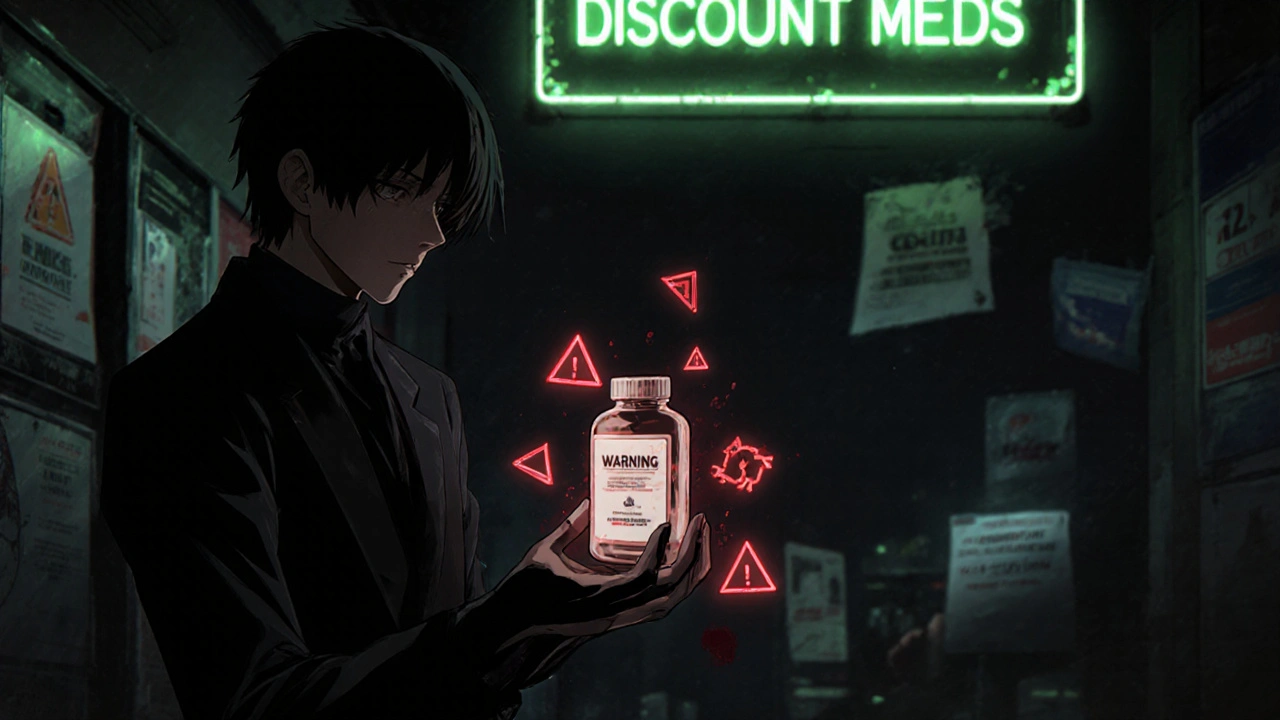Counterfeit Drugs: How Fake Medicines Threaten Your Health and How to Stay Safe
When you buy medicine, you expect it to work—and to be safe. But counterfeit drugs, fake versions of real medications that contain wrong ingredients, no active drug, or dangerous contaminants. Also known as fake medications, they’re sold online, in unlicensed pharmacies, and even through shady street vendors. These aren’t just ineffective—they can cause organ failure, allergic reactions, or death. The FDA estimates that up to 1 in 10 medicines worldwide are fake, and the problem is getting worse as more people buy drugs online without a prescription.
Counterfeit drugs often look identical to the real thing, but they might have no active ingredient at all, too little, or something harmful like rat poison, floor cleaner, or chalk. You might think you’re buying generic bupropion, a common antidepressant sold under brand names like Wellbutrin, but the pill you get could be laced with fentanyl. Or you might order testosterone gel, used to treat low testosterone in men, only to find out it’s just vegetable oil in a bottle. These aren’t hypothetical risks—people have died from fake versions of painkillers, heart meds, and even cancer drugs.
Most fake drugs come from unregulated online pharmacies that don’t require prescriptions. They use websites that look professional, offer crazy discounts, and promise overnight delivery. But if a deal seems too good to be true, it is. Legit pharmacies are licensed, require a prescription, and let you talk to a real pharmacist. If you’re unsure, check if the site has a verified pharmacy seal—like VIPPS in the U.S.—or call your local pharmacy and ask if they’ve heard of the site.
It’s not just about avoiding scams. Fake drugs contribute to antibiotic resistance, because they often contain low doses of antibiotics that don’t kill bacteria but make them stronger. They also hide real health problems—like if you take a fake version of your blood pressure pill, your condition keeps worsening without you knowing. And if you’re taking medicine for a serious illness like autoimmune hepatitis or diabetes, a counterfeit version could mean the difference between control and crisis.
The good news? You can protect yourself. Always get prescriptions filled at licensed pharmacies. Never buy pills from social media ads, text messages, or websites that don’t ask for your doctor’s info. Check the pill’s color, shape, and imprint against official databases like the FDA’s. If your medicine suddenly looks different, tastes odd, or doesn’t work like before—stop taking it and call your doctor. Your health isn’t worth a gamble.
Below, you’ll find real stories and practical guides from people who’ve faced these risks—how to spot fake pills, what to do if you’ve taken one, and how to find safe, affordable alternatives without falling for scams.
International Counterfeit Drugs: The Hidden Dangers of Ordering Medication from Abroad
Ordering medication from overseas may seem like a cost-saving trick, but counterfeit drugs are a deadly threat. Learn the real risks, how to spot fake pharmacies, and safer alternatives to protect your health.

